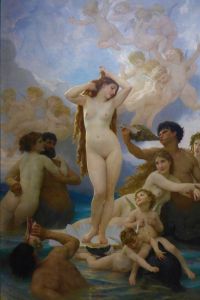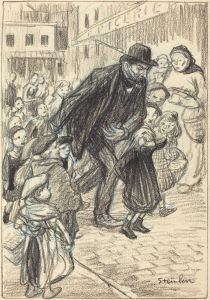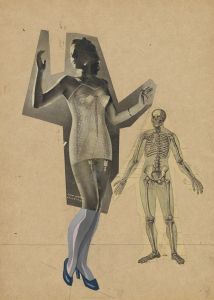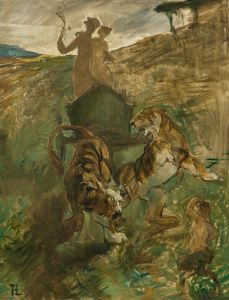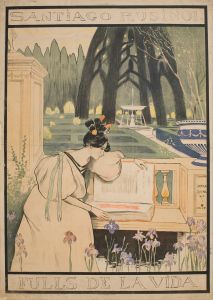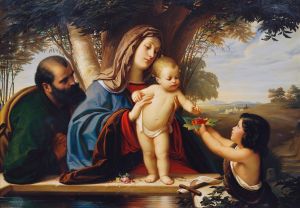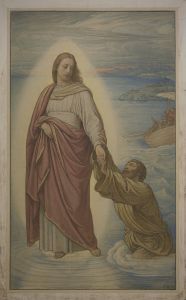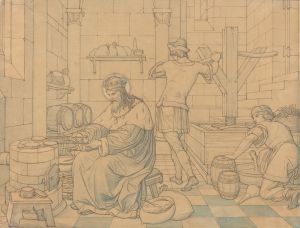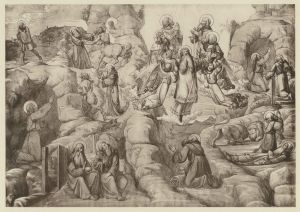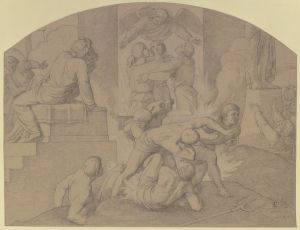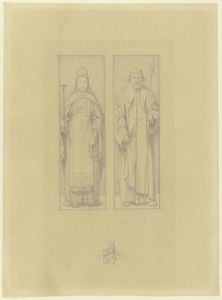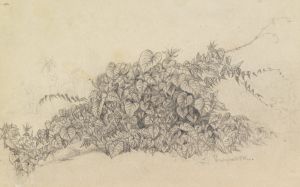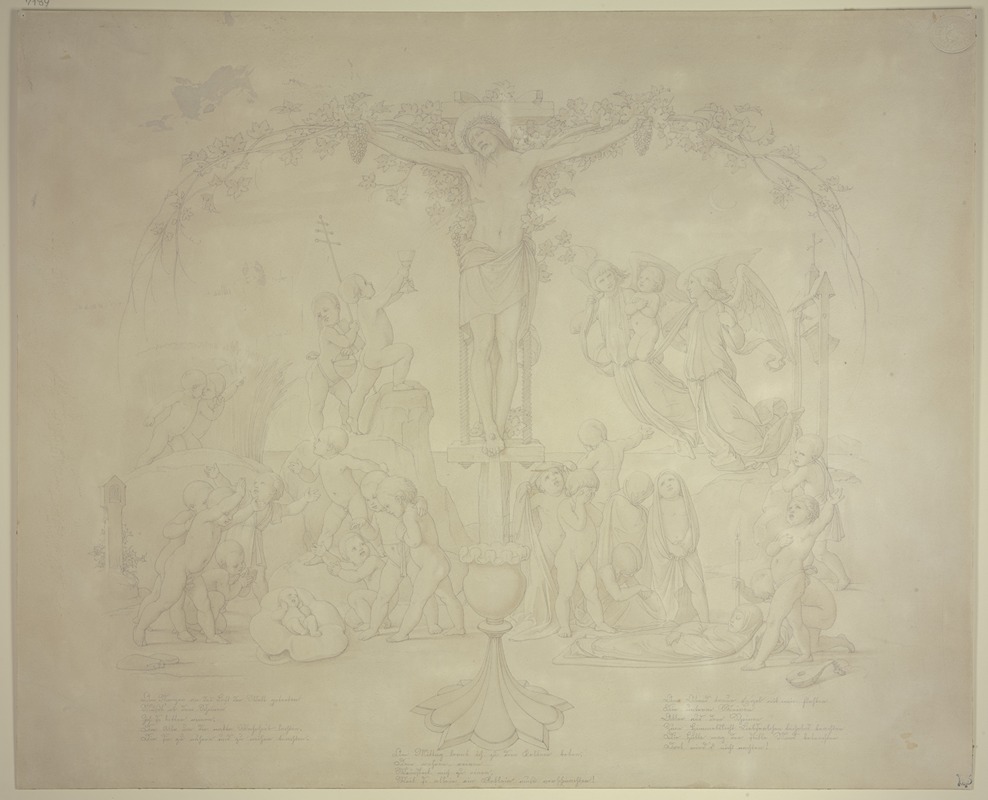
Christus als Weinstock; Geburt, Leben und Tod, mit drei Strophen von Clemens Brentano
A hand-painted replica of Eduard von Steinle’s masterpiece Christus als Weinstock; Geburt, Leben und Tod, mit drei Strophen von Clemens Brentano, meticulously crafted by professional artists to capture the true essence of the original. Each piece is created with museum-quality canvas and rare mineral pigments, carefully painted by experienced artists with delicate brushstrokes and rich, layered colors to perfectly recreate the texture of the original artwork. Unlike machine-printed reproductions, this hand-painted version brings the painting to life, infused with the artist’s emotions and skill in every stroke. Whether for personal collection or home decoration, it instantly elevates the artistic atmosphere of any space.
"Christus als Weinstock; Geburt, Leben und Tod, mit drei Strophen von Clemens Brentano" is a notable artwork created by Eduard von Steinle, a prominent 19th-century German painter associated with the Nazarene movement. The painting's title translates to "Christ as the Vine; Birth, Life, and Death, with three stanzas by Clemens Brentano," indicating its religious theme and literary connection.
Eduard von Steinle was born on July 2, 1810, in Vienna, Austria, and he became a significant figure in the Nazarene movement, which sought to revive honesty and spirituality in Christian art. The Nazarenes were inspired by the early Renaissance and medieval art, emphasizing religious subjects and meticulous detail. Steinle's work is characterized by its devotional intensity and adherence to the principles of this movement.
The painting "Christus als Weinstock" is a visual representation of a biblical metaphor found in the Gospel of John, where Jesus describes himself as the true vine and his followers as the branches. This metaphor emphasizes the spiritual connection between Christ and his believers, suggesting that just as branches cannot bear fruit without the vine, people cannot achieve spiritual fulfillment without Christ.
The inclusion of three stanzas by Clemens Brentano, a German poet and novelist, adds a literary dimension to the artwork. Brentano was a key figure in the German Romantic movement, known for his lyrical poetry and deep religious faith. His verses likely complement the visual narrative of the painting, enhancing its spiritual and emotional impact.
Steinle's painting is divided into three distinct sections, each representing a different phase of Christ's existence: birth, life, and death. This tripartite structure allows viewers to contemplate the entirety of Christ's earthly journey and its significance for Christian theology. The detailed and symbolic imagery used by Steinle invites viewers to engage deeply with the religious themes depicted.
The artwork reflects Steinle's skill in combining intricate detail with profound spiritual themes. His use of color, composition, and symbolism demonstrates his commitment to the Nazarene ideals of creating art that is both beautiful and spiritually uplifting. The collaboration with Brentano further underscores the interdisciplinary nature of the work, blending visual art with poetry to create a richer, more immersive experience.
Eduard von Steinle's "Christus als Weinstock" remains an important example of 19th-century religious art, illustrating the enduring influence of the Nazarene movement and the collaborative spirit of the Romantic era. The painting is a testament to Steinle's artistic vision and his ability to convey complex theological concepts through his art.





